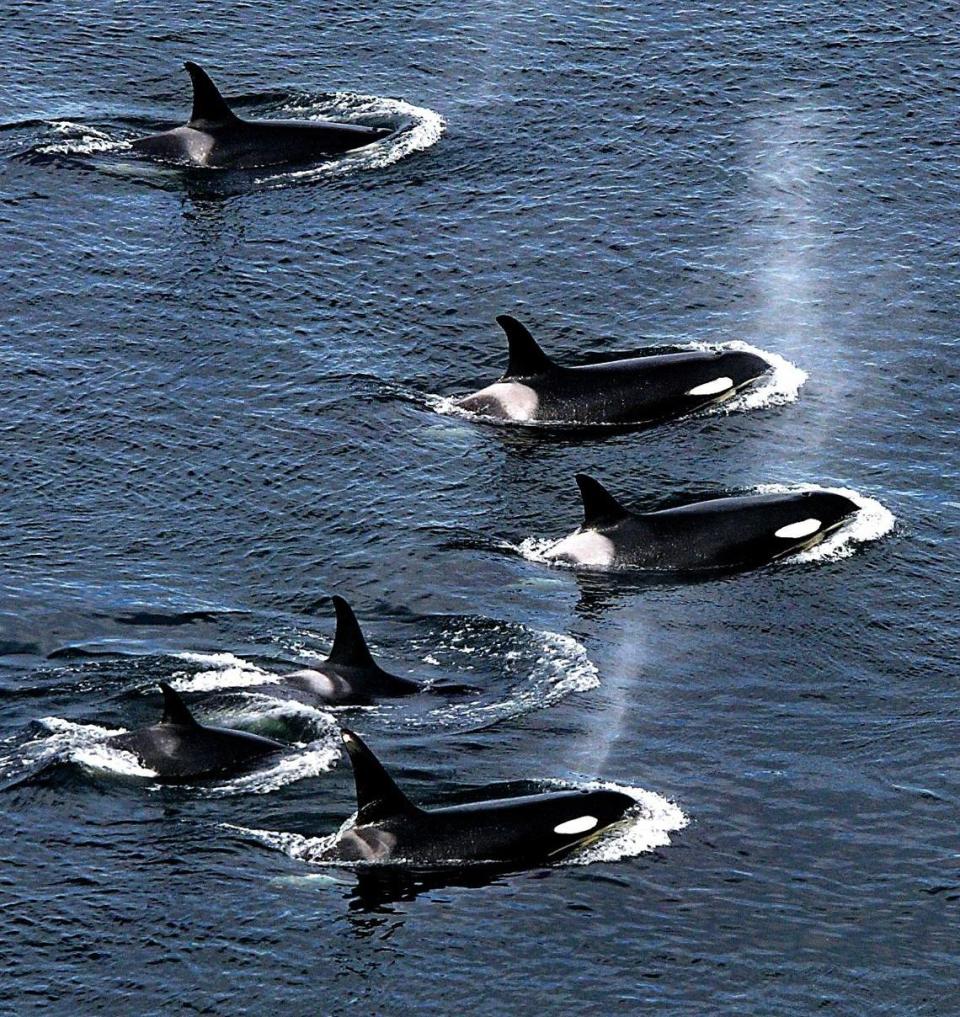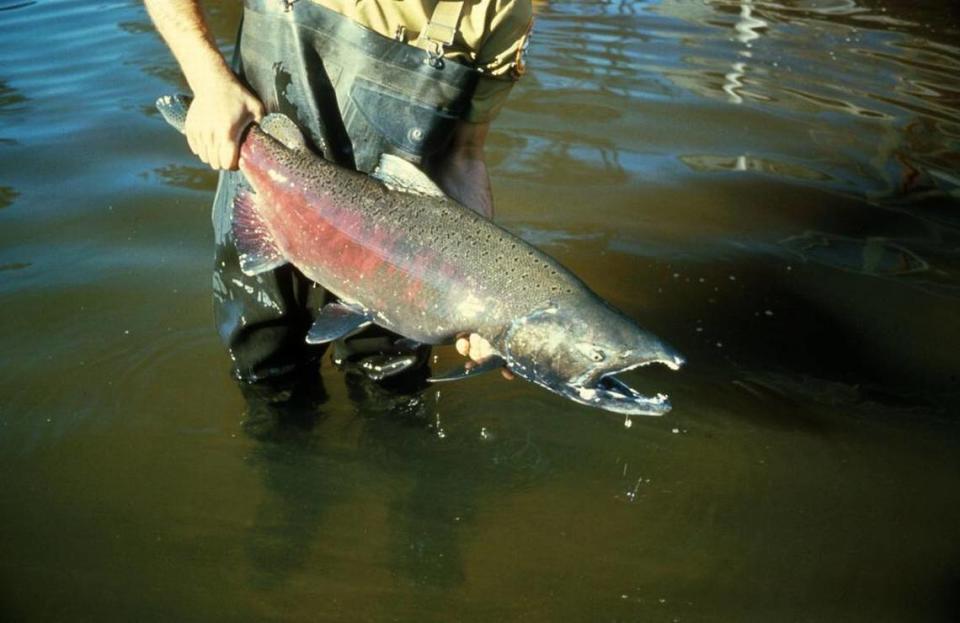Northwest salmon crisis demands nuanced solutions, not just wishful thinking | Opinion
For years, this editorial board has pointed out the hypocrisy of Western Washington activists who want to lay blame for the state’s salmon fishery concerns at the feet of the Snake River dams.
So it’s little surprise that a new scathing Government Accountability Office audit finds that Washington officials have failed to protect threatened salmon and steelhead populations closer to home — in the polluted Puget Sound.
Will this report finally cure activists of their myopic obsession with tearing out the dams? Perhaps that’s wishful thinking.
But it does clearly show what this board has been saying all along: The Puget Sound salmon crisis demands thoughtful consideration of all contributing factors, with a focus on sustainable and ethical solutions that safeguard the health of this crucial ecosystem for generations to come.
As U.S. Rep. Dan Newhouse, R-Sunnyside, points out in a joint statement with Rep. Cathy McMorris Rodgers, R-Spokane, and Rep. Cliff Bentz, R-Ore.: “For the last decade, this (state) administration has been so distracted by misguided efforts to breach the lower Snake River dams that they completely ignored the salmon being poisoned in their own backyard.”
The GAO’s damning report found that the state Department of Ecology’s consistent failure to meet water quality assessment deadlines not only violated federal law, but was tantamount to “turning a blind eye to ongoing pollution” in the Puget Sound, directly harming the salmon most important to the health of Puget Sound orcas.
These folks would rather choose a handy scapegoat, and sacrifice the dams and their essential uses for energy, agriculture and the transportation of goods, than save the fish and wildlife they so ardently claim to want to protect.

Their singular obsession with dam breaching oversimplifies the intricate web of challenges contributing to the decline of salmon populations, such as the recently discovered 6PPD-quinone, a toxic chemical in tire dust that has been found to be fatal to fish.
The Los Angeles Times recently took a hard look at the bigger picture and rightly pointed out that our region’s energy needs alone make the dams worth preserving.
The article also pointed out something our friends in Idaho seem to have overlooked in their own calls to breach the Lower Snake River Dams: the major blockage to salmon recovery is caused by Idaho Power’s Hells Canyon dams, around which there is no passage at all.
Historical data shows major drops in salmon runs caused by those dams, which are the lifeblood of Idaho’s power grid. Would they really welcome the spotlight that would turn in their direction if the Lower Snake dams were breached?
But there is good news, too, including the recent improvements in sockeye and steelhead runs in the Clearwater River and $106 million in federal funding recommended by the Biden-Harris Administration for West Coast and Alaska salmon recovery.

The money, which includes $34.4 million from the Bipartisan Infrastructure Law and $7.5 million from the Inflation Reduction Act, will help with the restoration, protection, and strengthening of Pacific salmon and steelhead in Alaska, California, Idaho, Oregon and Washington.
Salmon recovery is nuanced, depending on many variables. Restoring salmon populations requires a holistic approach that recognizes the interconnectedness of the issues from the spawning grounds to the Puget Sound.
So once again, we urge policymakers to consider the long-term consequences of their decisions. Hopefully, one of these days they will listen.
This problem can’t be fixed with finger pointing or bumper-sticker solutions. It demands a comprehensive strategy that goes beyond the divisive debate over dams.

